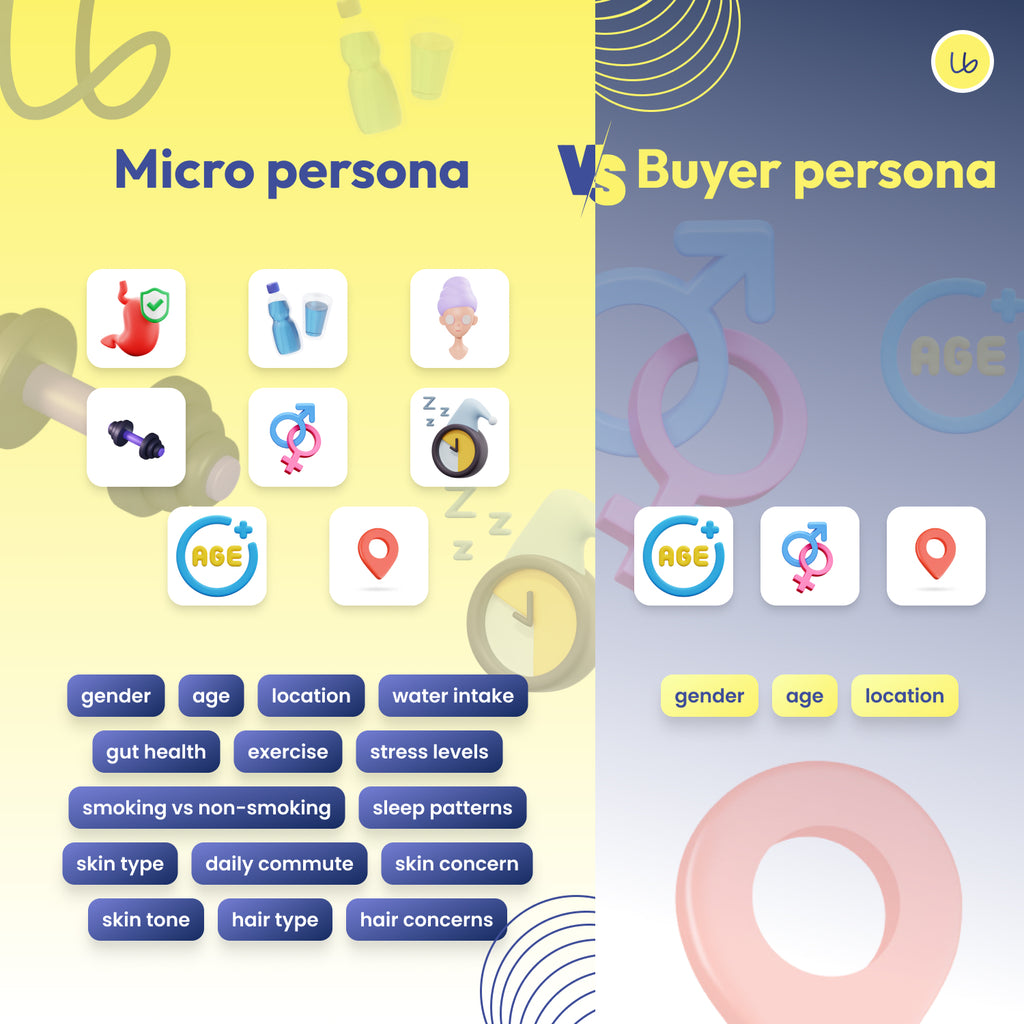Micro personas are a marketing technique that breaks down a general buyer persona into more specific segments, catering to the diverse needs of a segmented audience. By doing so, brands can craft marketing messages that are more personalized and resonate on a personal level. Micro personas consider the subtle nuances of consumer behavior and preferences, allowing for marketing strategies that speak directly to individual preferences.
Understanding Buyer Personas
Buyer personas have been a crucial part of marketing strategies for several years. These personas represent typical profiles representing key segments of a brand's target market. Companies typically develop them through market research and real data about existing customers. These personas contain demographic details, behavior patterns, motivations, and goals, guiding marketers in creating campaigns that align with the needs and preferences of their target audience.
What are Micro Personas?
Micro personas are highly detailed profiles that focus on specific characteristics of customer segments identified within broader personas. For instance, while a traditional persona might describe a young professional living in an urban area, micro personas can go further by differentiating between those who prefer online shopping and those who favor in-store experiences or between those who respond to email marketing versus social media engagement.
Why Micro Personas Matter
Micro personas are valuable for brands to enhance their understanding and interaction with customers. They offer the following benefits:
- Increase Precision in Targeting: Companies can design more effective marketing initiatives by understanding the specific characteristics and needs of micro-segments. This leads to better conversion rates and customer satisfaction.
- Enhance Personalization: Micro personas enable personalization that feels genuine and relevant to consumers. This fosters loyalty and long-term engagement.
- Adapt Quickly to Market Changes: With a detailed understanding of various customer subgroups, brands can swiftly adjust their strategies in response to new trends or feedback. This helps them to maintain a competitive edge.
Takeaway
The concept of micro personas involves analyzing customer data to identify meaningful subgroups within the existing personas. Marketers need to collect and analyze behavioral data, purchasing patterns, feedback, and social media interactions to uncover distinct patterns that justify the creation of a micro persona.

